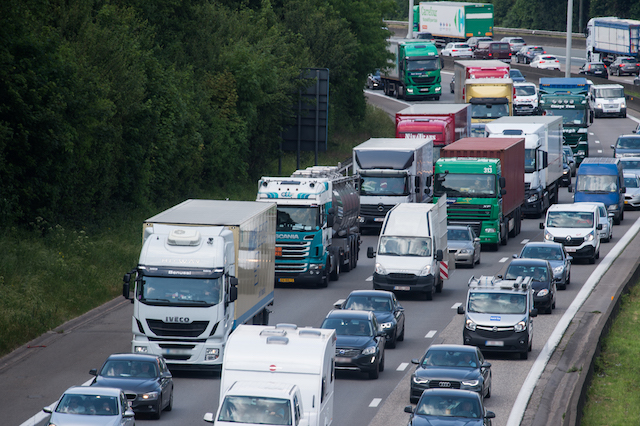HGVUK.com has compiled its 8 top tips for safe HGV (Heavy Goods Vehicle driving.
- Plan your route: Before setting off on a journey, plan your route and check for any potential hazards, such as narrow roads, low bridges, or weight restrictions. This will help you avoid accidents and delays.
- Check your vehicle: Always carry out a thorough check of your vehicle before setting off, including brakes, tires, lights, and mirrors. Regular maintenance will help to prevent breakdowns and ensure your safety on the road.
- Adjust your driving style: Driving an HGV requires a different driving style to driving a car. Take corners more slowly, leave a greater distance between you and the vehicle in front, and anticipate other drivers’ actions to avoid accidents.
- Stay alert: Long hours of driving can be tiring, so take regular breaks and switch drivers if possible. Avoid driving when you’re feeling tired or unwell, and stay alert by staying hydrated and eating healthily.
- Be aware of blind spots: HGVs have large blind spots, particularly to the side and rear of the vehicle. Always check your mirrors and be aware of other road users, particularly cyclists and pedestrians.
- Follow traffic rules: HGV drivers must follow traffic rules and regulations, including speed limits, weight restrictions, and parking regulations. Failure to do so can result in fines and penalties.
- Communicate with other road users: Use your indicators to signal your intentions, and use your horn to alert other road users to your presence. Be courteous and patient, particularly in busy traffic or when maneuvering in tight spaces.
- Be prepared for emergencies: Carry an emergency kit with you, including a first aid kit, warning triangles, and a fire extinguisher. Be prepared for breakdowns or accidents, and know how to contact emergency services if needed.
By following these tips, you can help to ensure your safety and the safety of other road users while driving an HGV.





